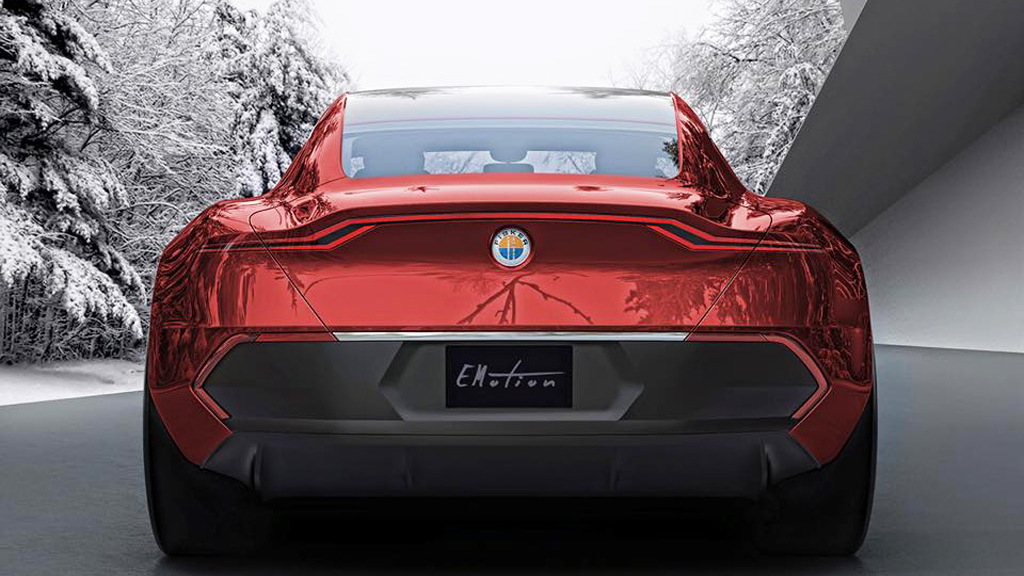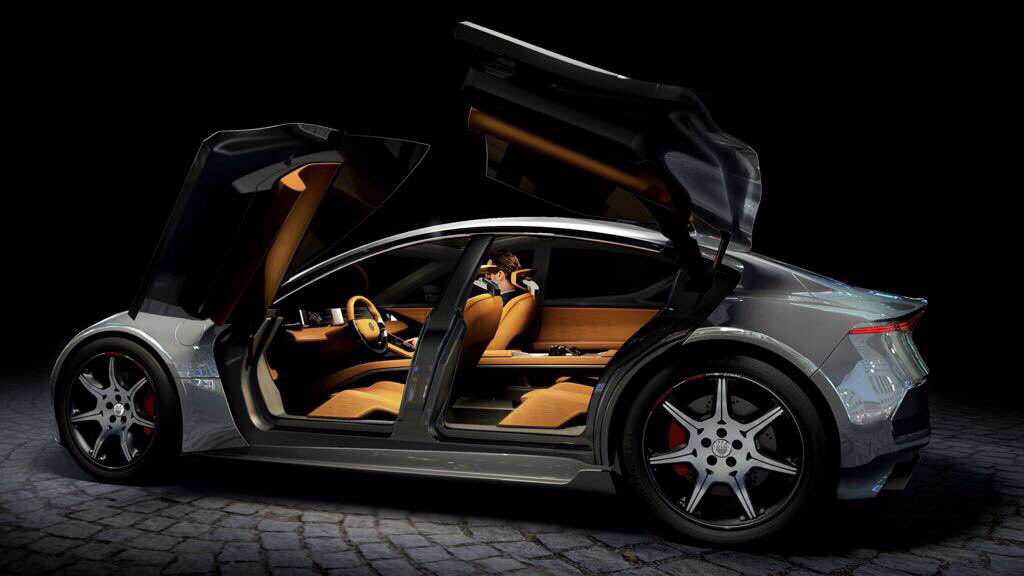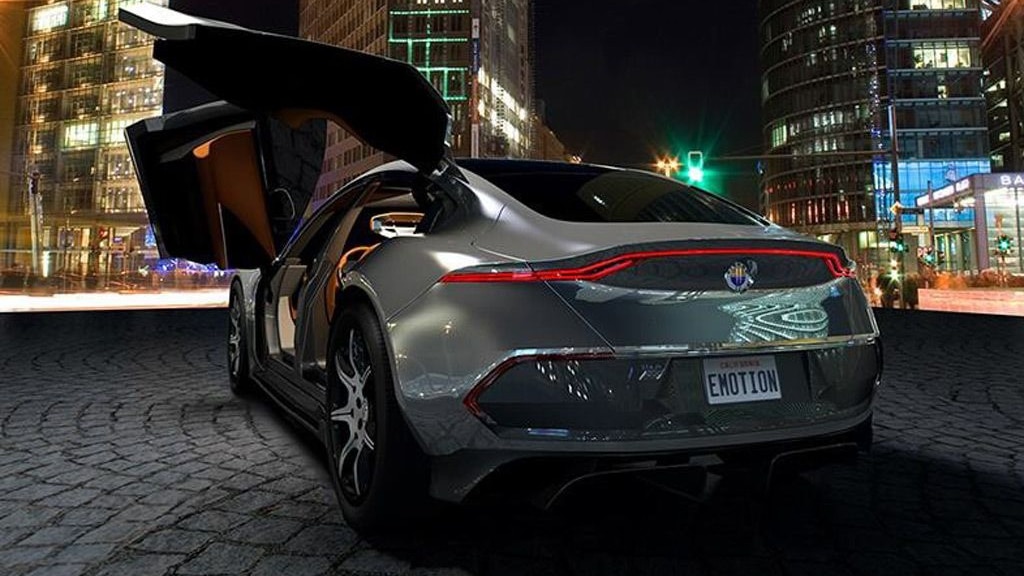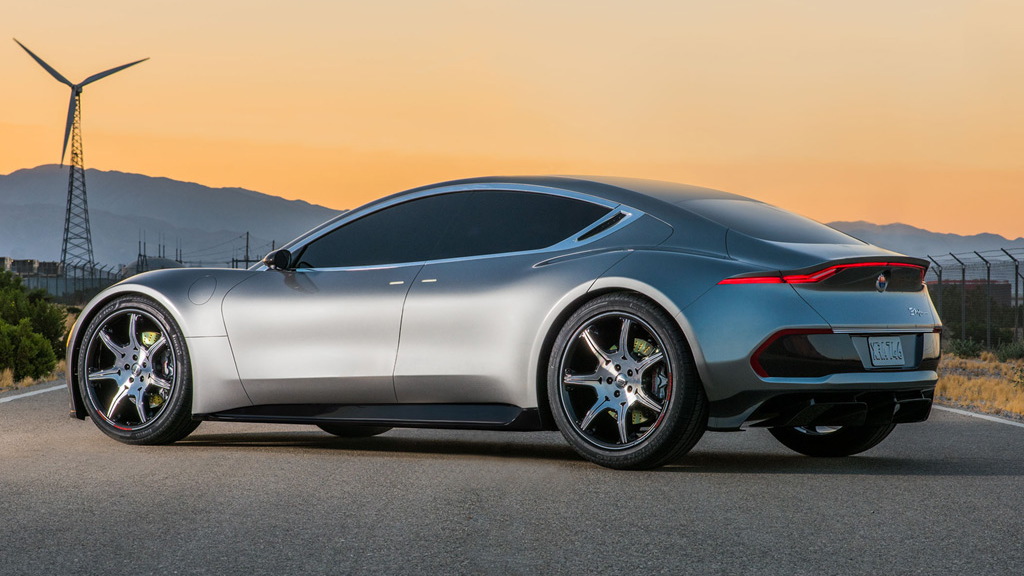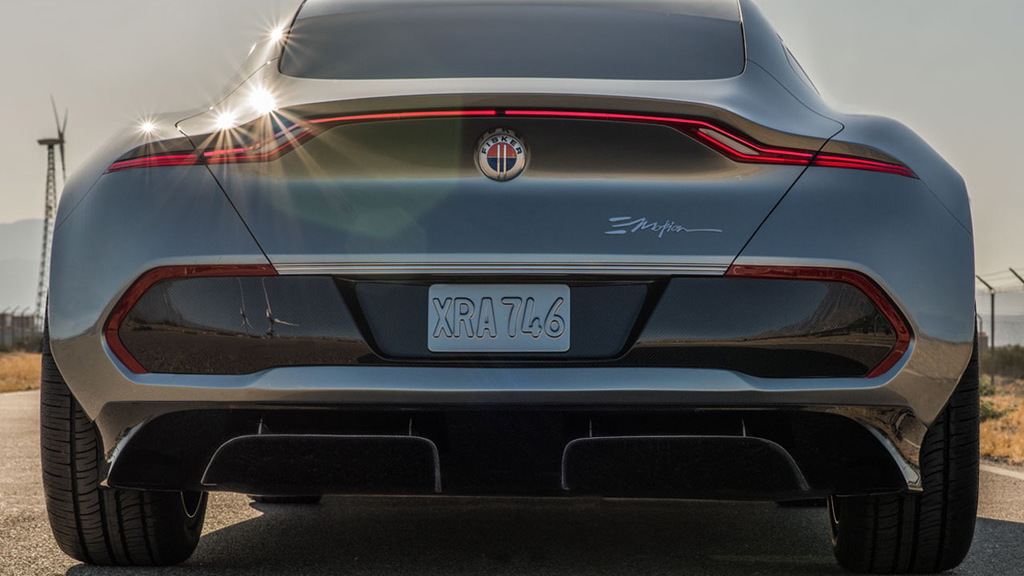Remember Fisker's promise to introduce the industry's first automotive-grade graphene batteries? That's not happening. Now, Fisker's upcoming Emotion electric car will utilize fairly standard lithium-ion battery cells.
The latest information, reported by Automotive News (subscription required), comes after Fisker announced the graphene batteries wouldn't be available at the launch of the Emotion. However, the demise of the advanced battery technology stems from Fisker and Nanotech's dissolved joint venture. The two companies were initially working on the automotive-grade graphene batteries, but Nanotech has other plans.
"In order to meet the timetable for Henrik Fisker, we would have had to just focus on (automotive applications) and that alone," Nanotech said in a statement. The company plans to focus on multiple technology sectors to implement the advanced batteries and Nanotech said it wouldn't be right to "just focus on one thing."
Teaser for Fisker EMotion debuting on August 17, 2017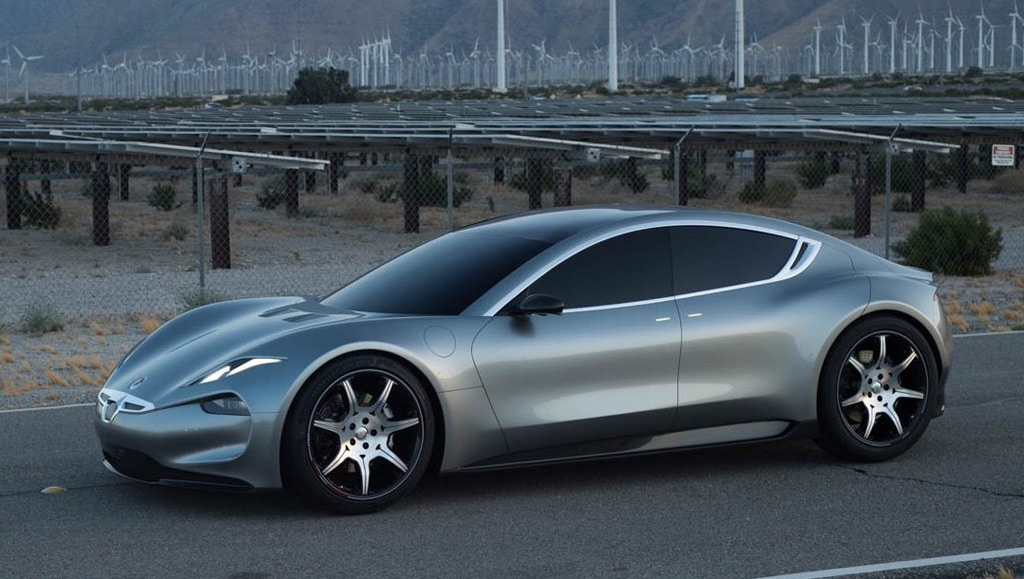
Graphene batteries promise longer driving ranges and quicker charging times, one of the main reasons Fisker hoped to utilize the technology. However, despite the graphene batteries' death, Fisker claims the EMotion's performance credentials will remain in tact; the electric car will supposedly still boast 400 miles of range.
It's unclear if the lithium-ion batteries will work with Fisker's Ultracharger system, though—a take on Tesla's Supercharger stations. The company stated charging times should be unaffected by the switch to lithium-ion cells, but the Ultracharger promised 125 miles of range from just a nine minute charge time. These specs were floated when the graphene batteries were first announced.
Nevertheless, the Fisker Emotion will soldier on with its LG Chem-sourced batteries. The electric car is expected to go on sale in 2019 with a $129,000 price tag and pre-orders are open now.

